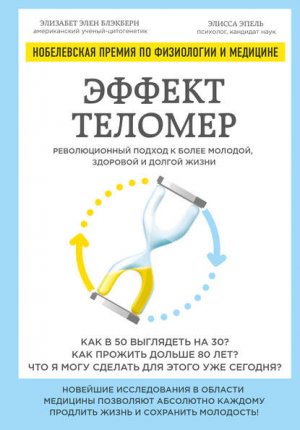Эффект теломер: революционный подход к более молодой, здоровой и долгой жизни Блэкберн Элизабет

Читать бесплатно другие книги:
Новый мировой бестселлер от короля романтической прозы Николаса Спаркса!История страсти, одержимости...
Издание обращается к одному из самых значимых эпизодов русской истории – Отечественной войне 1812 го...
Общество воспринимает богатство и власть если и не синонимом успеха, то его важнейшей составляющей. ...
Вместе с товарищами, прибывшими ему на помощь из нашего времени, новый «Хозяин Земли Русской» соверш...
Начало XVII века. Голландское судно терпит крушение у берегов Японии. Выживших членов экипажа берут ...
IT-принцип «agile» стал мантрой цифровой эпохи. С ростом проектов, переходом от монолитных приложени...






